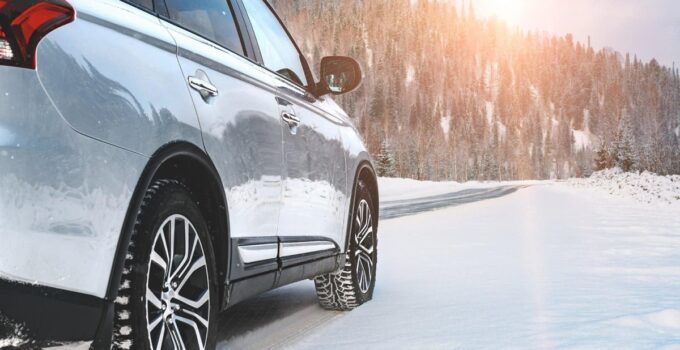Selecting the right all-season tires is crucial for ensuring safety, performance, and comfort in various driving conditions throughout the year. Here’s a comprehensive guide to help you make the best choice for your vehicle, taking into account different weather scenarios and tire features.
1. Assess Your Regional Weather Conditions
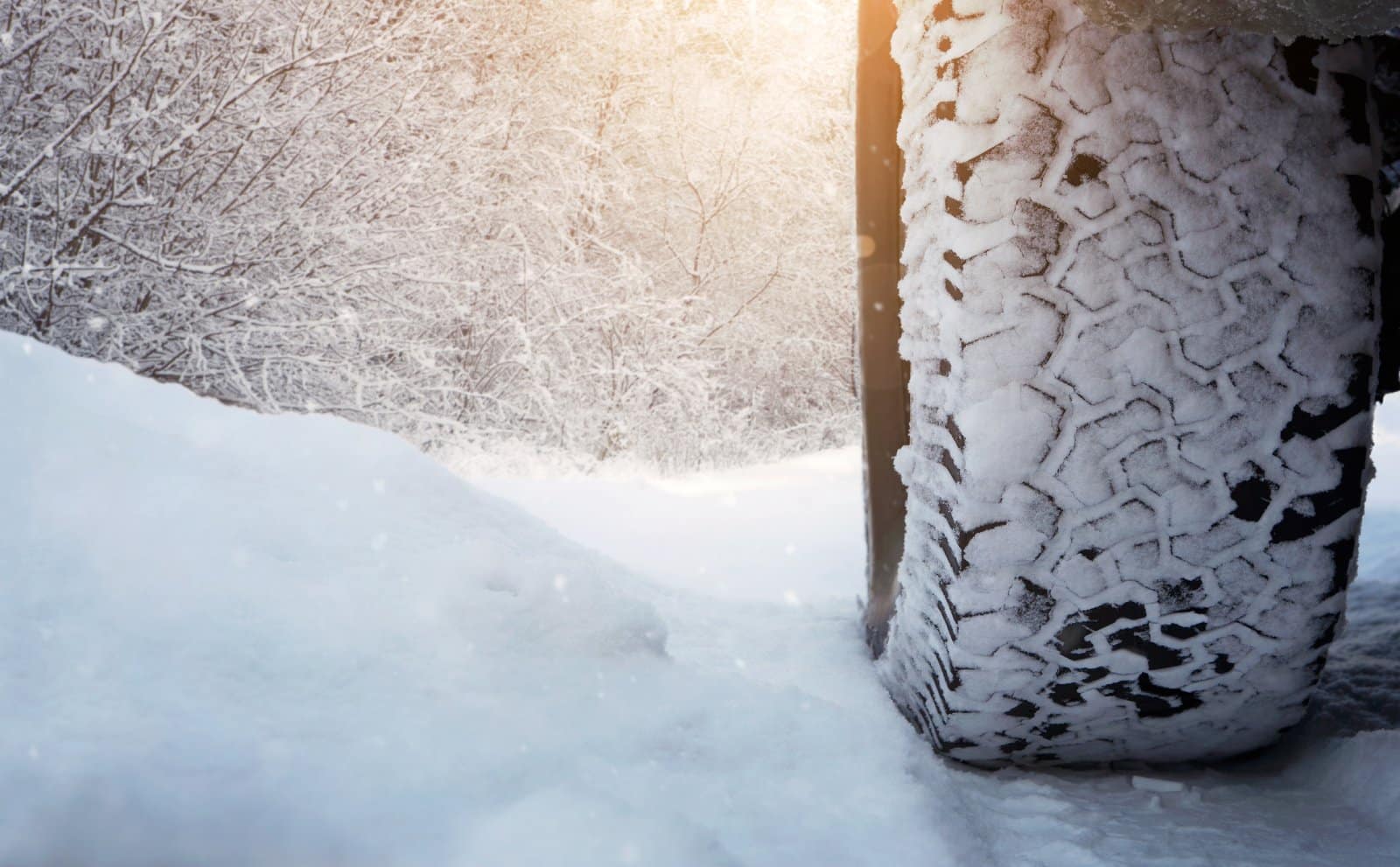
Image Credit: Shutterstock / rangizzz
Consider the weather patterns in your area. All-season tires are designed to handle moderate weather conditions—mild winters, wet roads, and dry summers. If you live in a region with heavy snow and ice, consider winter tires for those months instead.
2. Understand Tire Composition
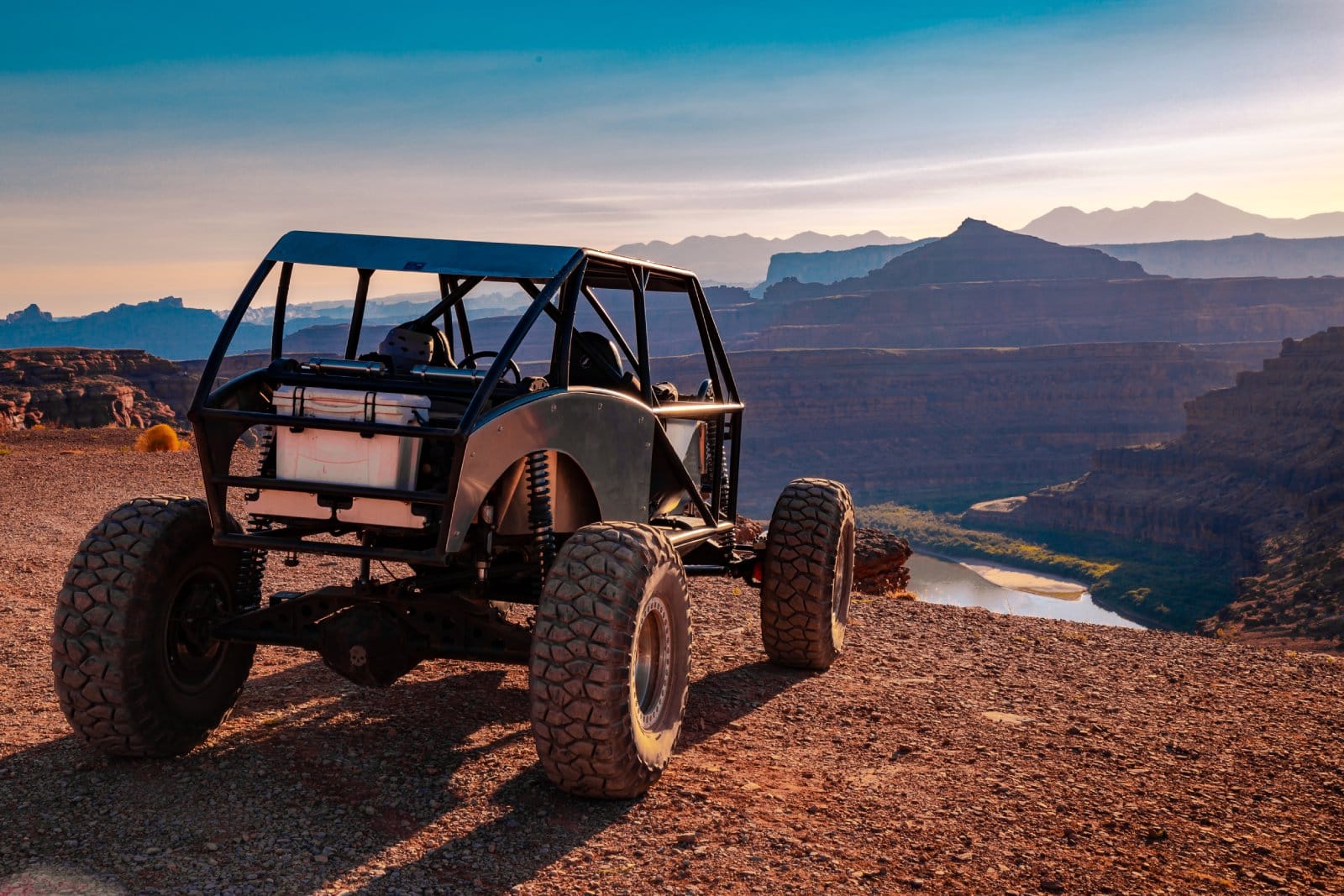
Image Credit: Shutterstock / Brendt A Petersen
All-season tires are made with a rubber compound that offers flexibility in a wide range of temperatures, from hot summer roads to freezing conditions. This versatility is key to providing good performance year-round.
3. Examine Tread Patterns

Image Credit: Shutterstock / N1cholas
The tread design on all-season tires typically features a combination of features suited for wet and dry conditions. Look for tires with grooves that are deep enough to disperse water, reducing the risk of hydroplaning, yet solid enough to provide stability and traction on dry roads.
4. Check the Tire Ratings

Image Credit: Shutterstock / Dusan Petkovic
Pay attention to the Uniform Tire Quality Grading (UTQG) ratings, which include treadwear, traction, and temperature resistance. Traction ratings, graded from AA to C, indicate the tire’s ability to stop on wet pavement. Temperature ratings, from A to C, assess the tire’s ability to withstand heat.
5. Consider Your Vehicle Type and Size

Image Credit: Shutterstock / Frame Stock Footage
Ensure the tires are compatible with your vehicle type—whether it’s a compact car, SUV, or truck. Each vehicle has specific tire size and load-bearing requirements, which are crucial for maintaining good handling and fuel efficiency.
6. Read Consumer Reviews and Tests

Image Credit: Shutterstock / Thx4Stock team
Look up reviews and tire test results from reliable automotive sources. Real-world feedback and professional tests can provide insights into how tires perform under different driving conditions, such as wet roads and light snow.
7. Set a Budget
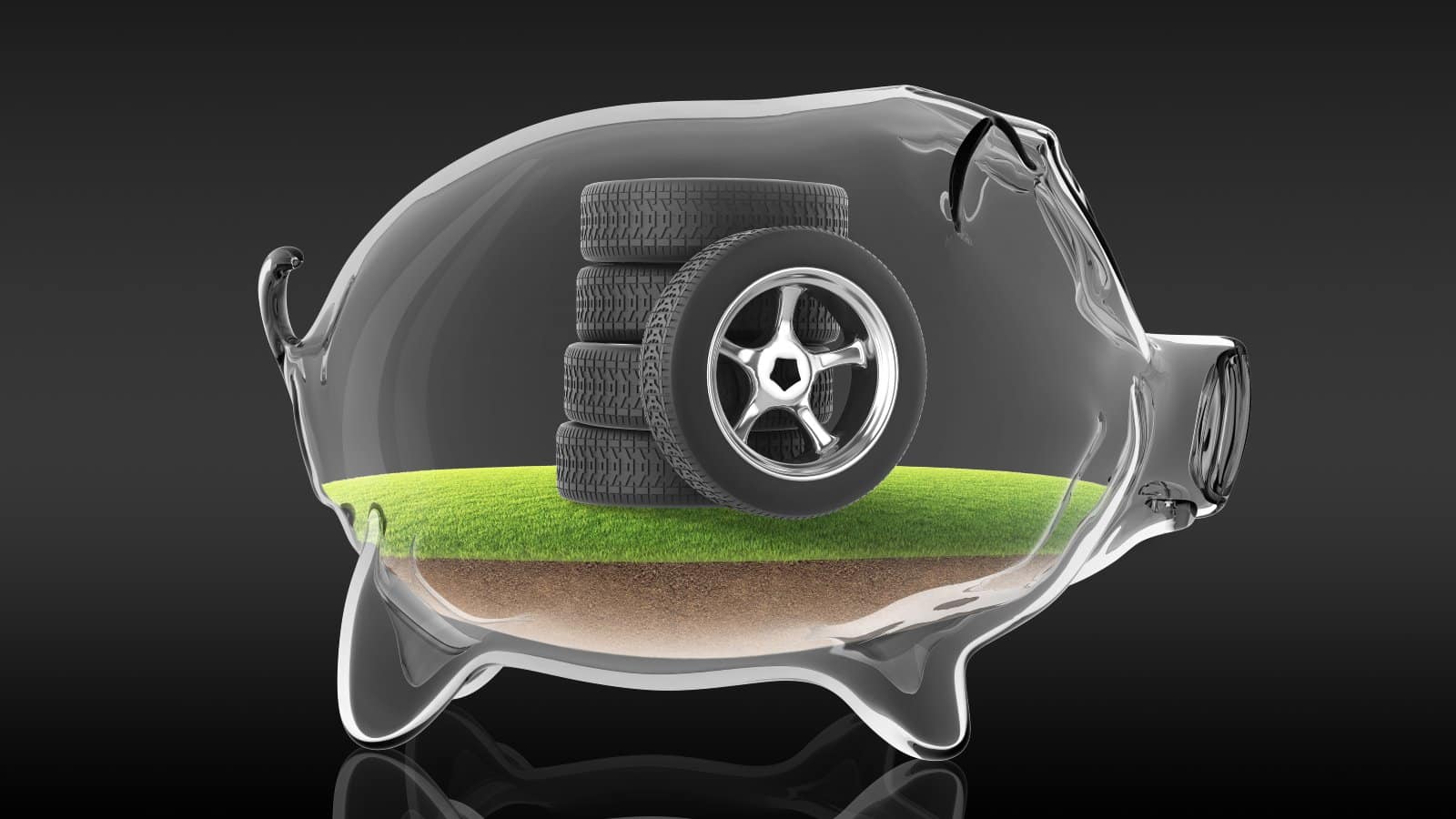
Image Credit: Shutterstock / Roman King
While you should have a budget in mind, remember that investing in higher-quality tires can lead to better safety and longer tire life. Compare prices across different brands and models, but weigh the cost against the benefits of better performance and durability.
8. Look for Warranties and Guarantees

Image Credit: Shutterstock / NONGASIMO
A good warranty can protect your purchase. Many manufacturers offer warranties covering defects and limited mileage. Check what each warranty covers, such as pro-rated replacement or money-back guarantees.
9. Professional Consultation

Image Credit: Shutterstock / Nestor Rizhniak
When in doubt, consult with a tire professional. They can provide personalized advice based on your vehicle’s make and model, driving habits, and typical weather conditions.
10. Seasonal Adaptability

Image Credit: Shutterstock / UfaBizPhoto
If your region experiences severe winter conditions, consider having two sets of tires: all-season for most of the year and winter tires for those months with snow and ice. This ensures optimal performance and safety throughout the year.
Be Prepared

Image Credit: Shutterstock / TheVanya43
By understanding these factors, you can choose all-season tires that offer a good balance of performance, safety, and durability, tailored to your vehicle and local driving conditions. This careful selection process will ensure you’re equipped for any weather the road may bring.
Police Magnet: 7 Cars That Guarantee You’ll Get Pulled Over
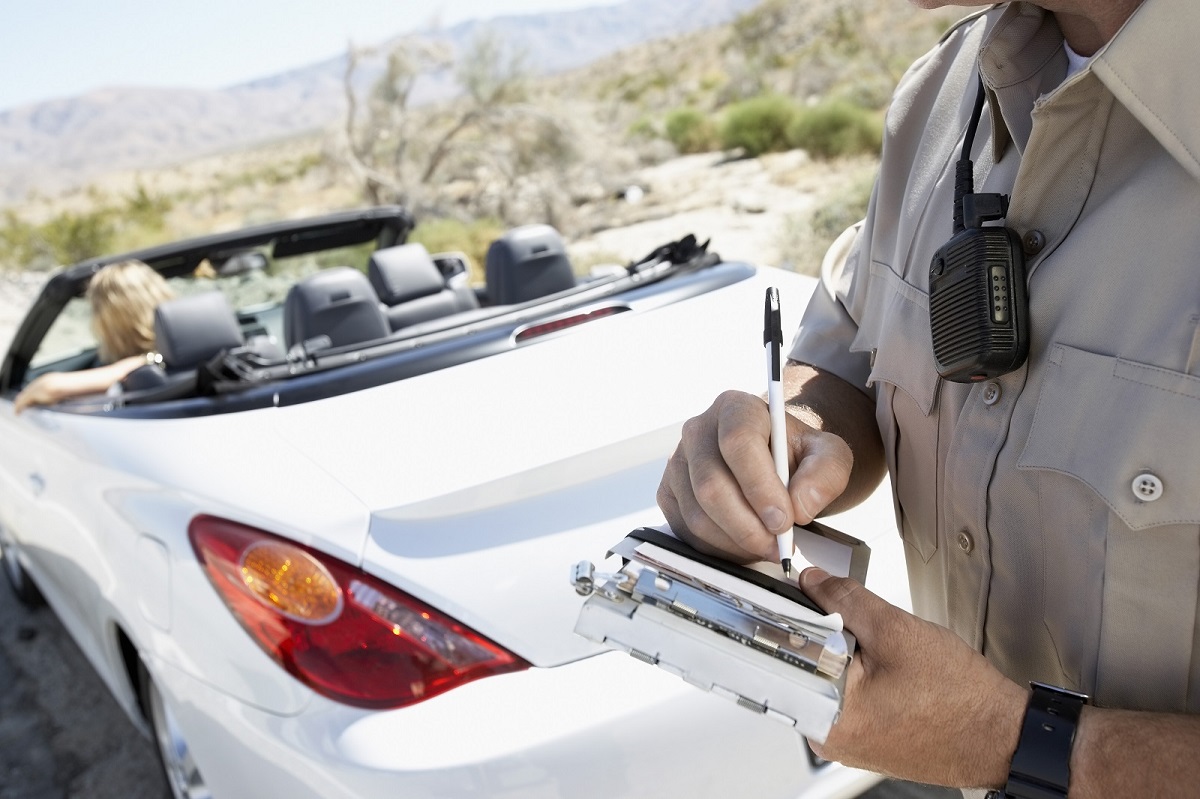
Image Credit: Shutterstock / sirtravelalot
Driving certain cars can make you more noticeable to law enforcement, even if you’re abiding by all the rules. Are you driving one of these “police magnets”? Here are seven cars that seem to attract more police attention than others. Police Magnet: 7 Cars That Guarantee You’ll Get Pulled Over
The Classic Cars That Were Total Clunkers
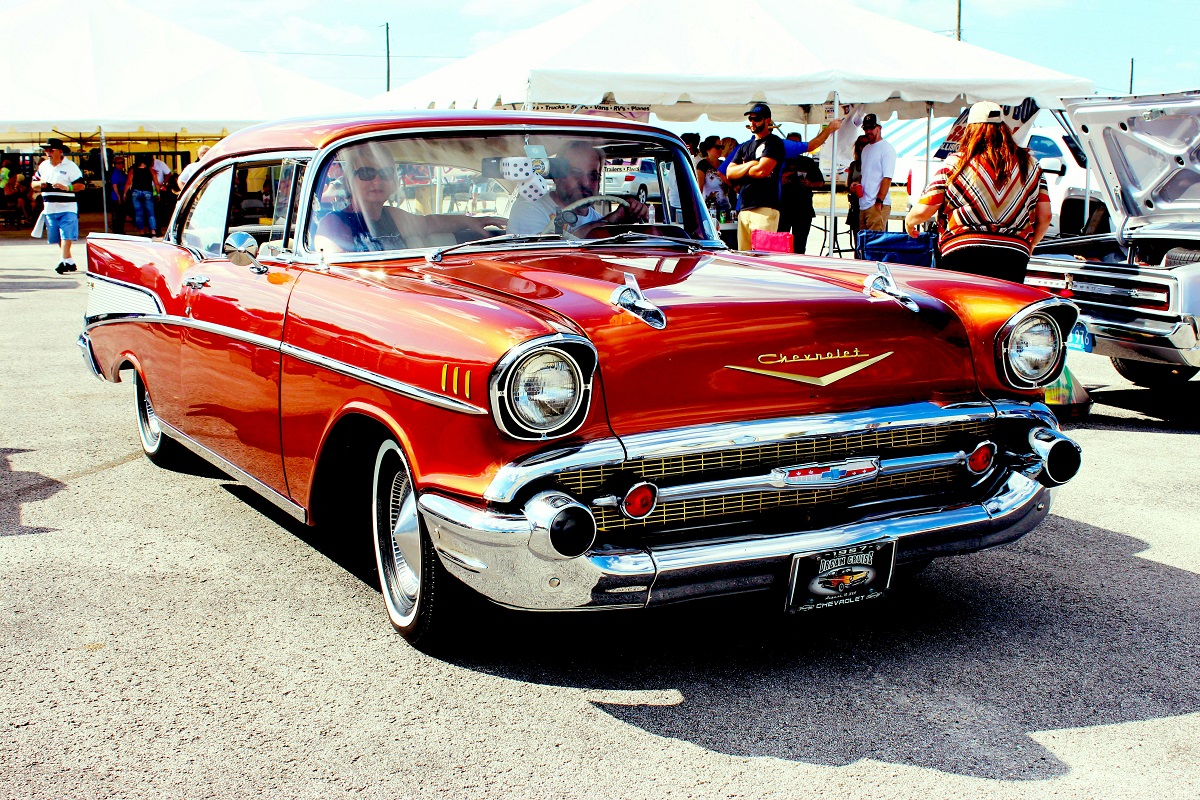
Image Credit: Pexels / Pixabay
Nostalgia has a funny way of making the past seem better than it was, especially when it comes to cars. But here’s the hard truth: some of those “classic” cars your dad raves about were real clunkers. Here’s a closer look at why some of those so-called “classics” weren’t all they were cracked up to be. The Classic Cars That Were Total Clunkers
The Worst U.S. Cars Ever Made: A Retro List
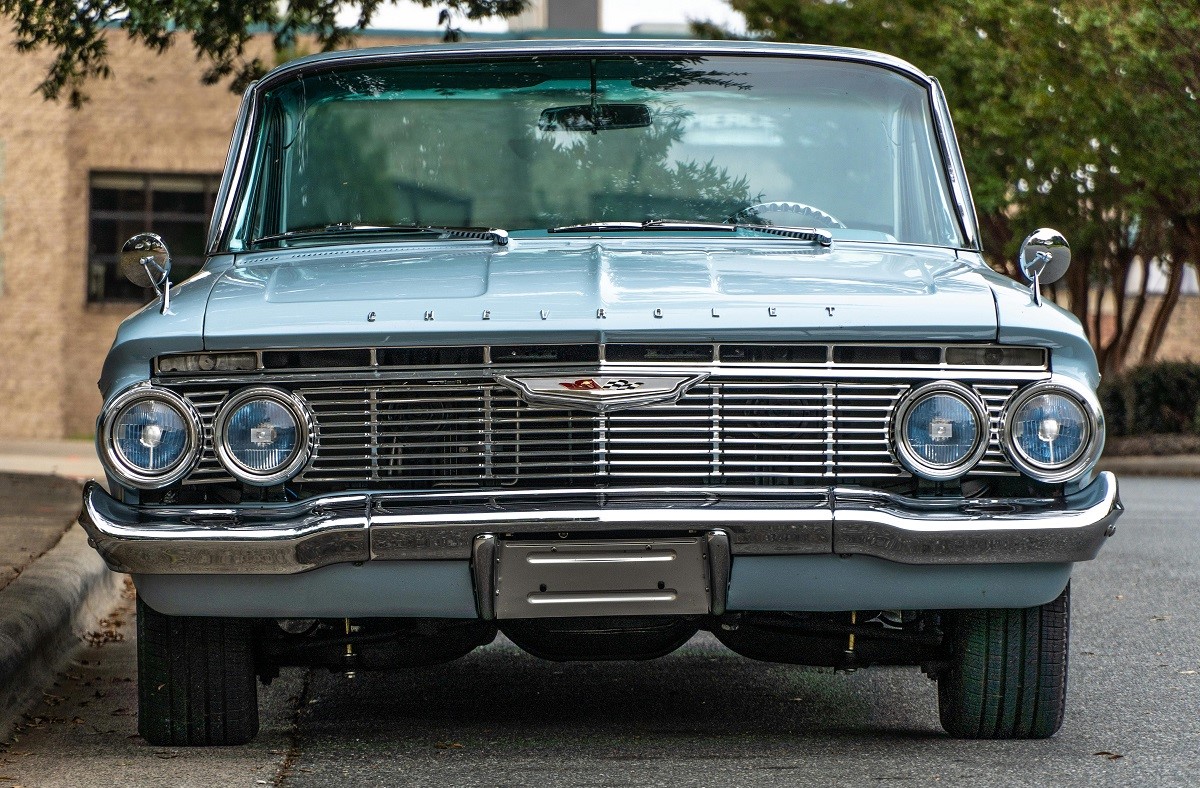
Image Credit: Pexels / Be The Observer
The U.S. auto industry has produced some incredible vehicles, but not every model was a hit. Here’s a look back at 16 of the worst cars ever made in the U.S., each infamous for its own unique flaws. The Worst U.S. Cars Ever Made: A Retro List
Featured Image Credit: Shutterstock / Galina_Lya.
For transparency, this content was partly developed with AI assistance and carefully curated by an experienced editor to be informative and ensure accuracy.
The images used are for illustrative purposes only and may not represent the actual people or places mentioned in the article.
